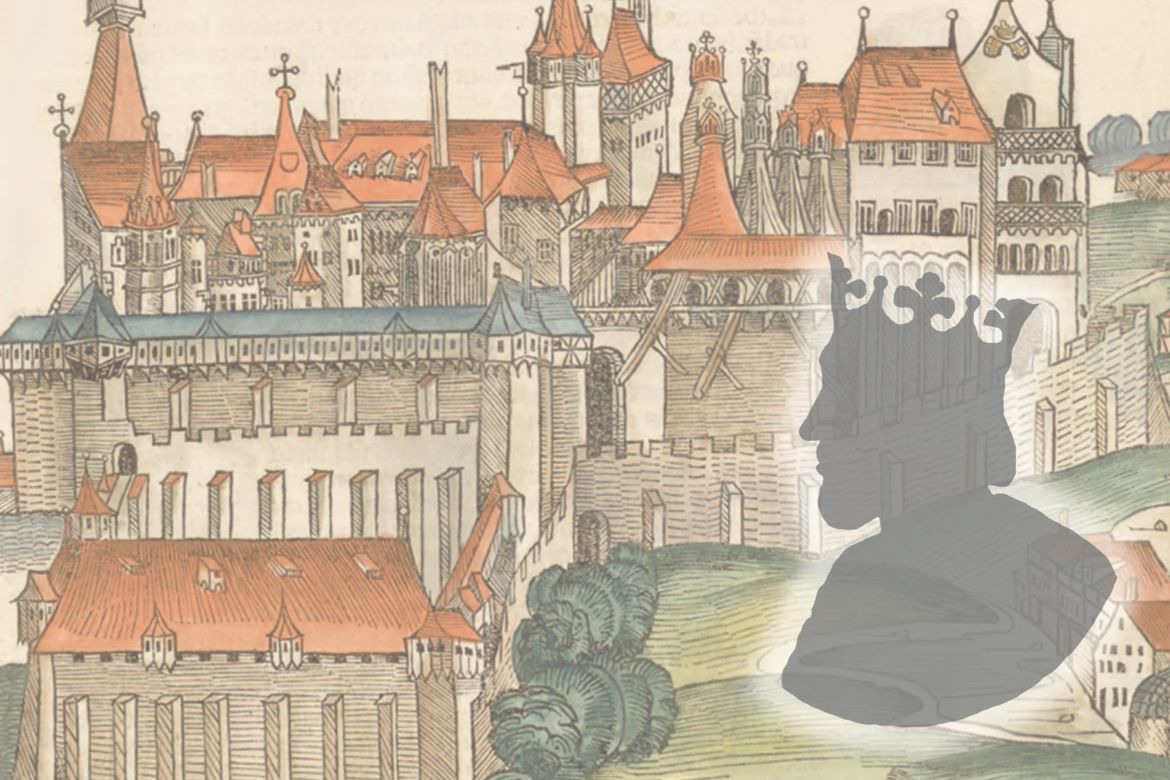
- Details
- By Research Centre for the Humanities
An English-language volume on the history of the Szapolyai family was published as the latest product of the “Mohács 1526–2026 - Reconstruction and Remembrance” project, which took place between 2017–2020 in collaboration with the Research Center for the Humanities and the University of Pécs. The volume of sixteen studies entitled A Forgotten Hungarian Royal Dynasty: The Szapolyais was edited by Pál Fodor and Szabolcs Varga.
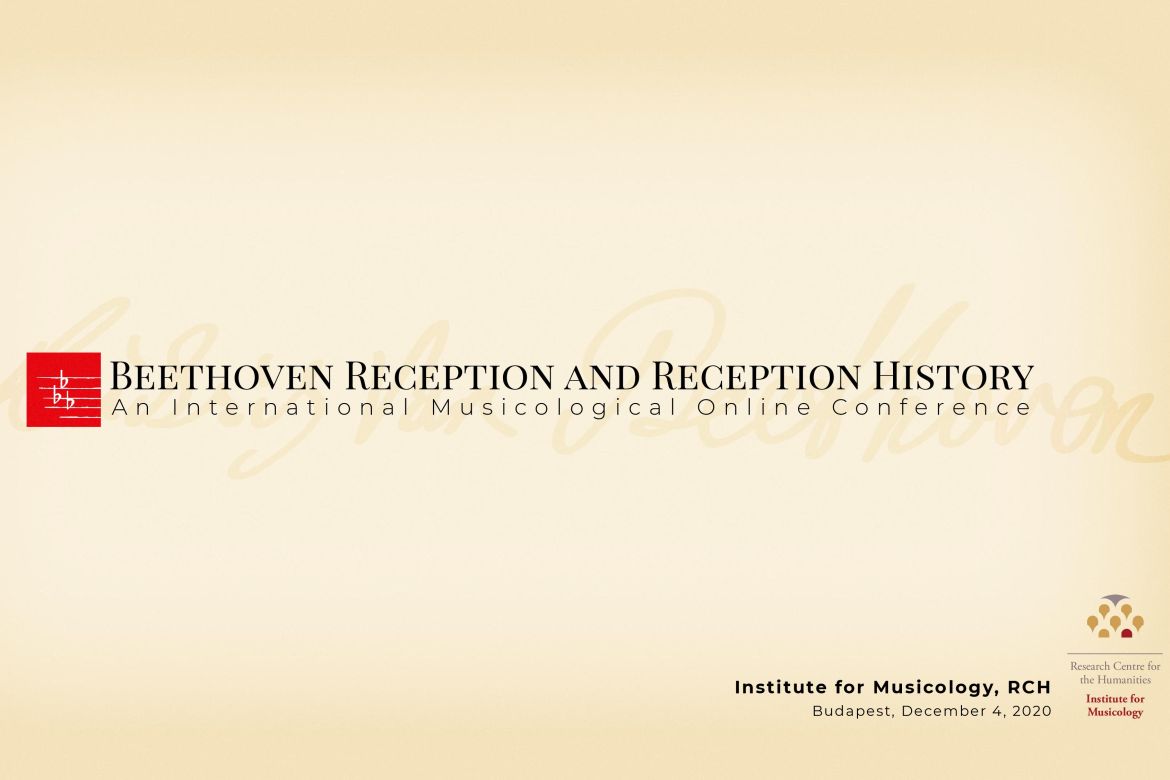
- Details
- By Research Centre for the Humanities
The RCH Institute for Musicology commemorates the 250th anniversary of Ludwig van Beethoven’s birth anniversary with an international conference with invited scholars on the 4th of December, 2020, from 11 o'clock. The focus is primarily, but not exclusively, on the Beethoven reception in Central and East-Central Europe both from a historical perspective and terms of reception theory. The papers explore the history of the Beethoven cult’s formulation on the level of everyday musical practice, and examine the connections between certain musical centers, prominent institutions and individuals in constructing and cultivating Beethoven’s image both as a person and a composer, and in contextualizing his works.
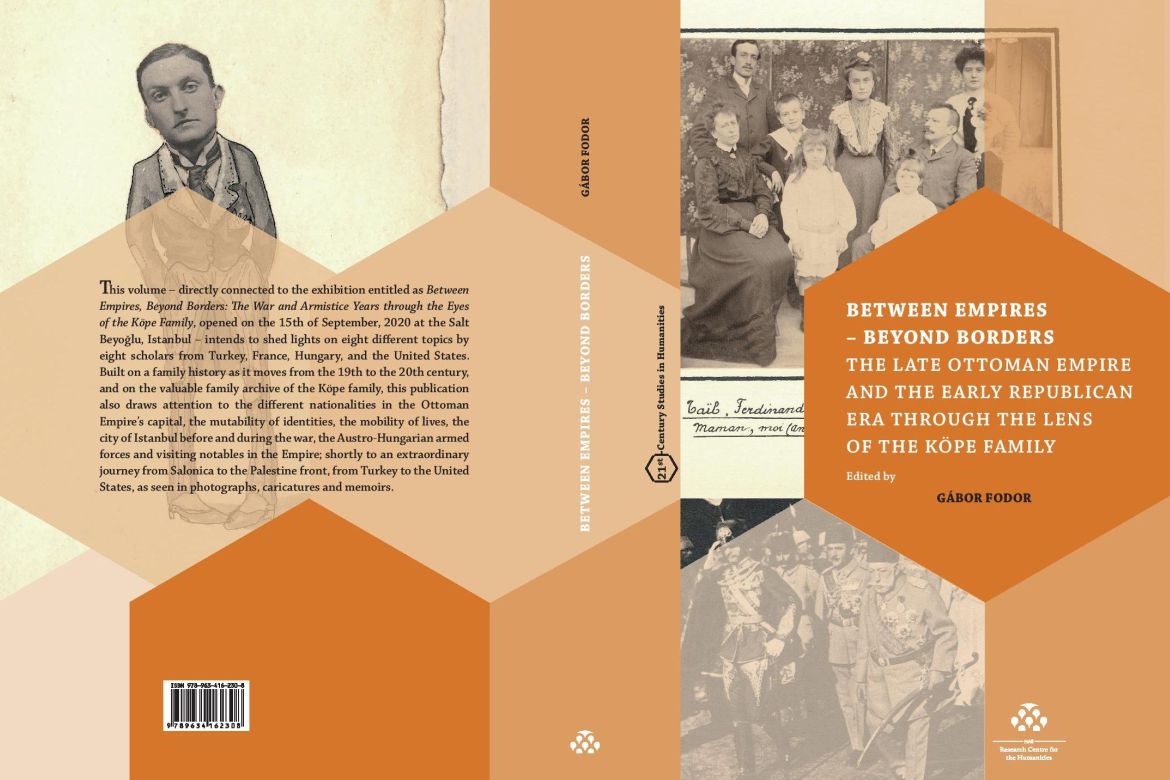
- Details
- By Research Centre for the Humanities
New book of the Research Centre’s series called 21st Century Studies in Humanities bas been published. The volume titled Between Empires, Beyond Borders. The Late Ottoman Empire and the Early Republican Era through the Lens of the Köpe Family is edited by Gábor Fodor, director of the Hungarian Cultural Institute in Istanbul. The book is based on the memoirs of Antoine Köpe, and it contains eight studies by Hungarian, Turkish, French and American researchers, and the American descendants of the Köpe family, Elizabeth and Charles Childress.
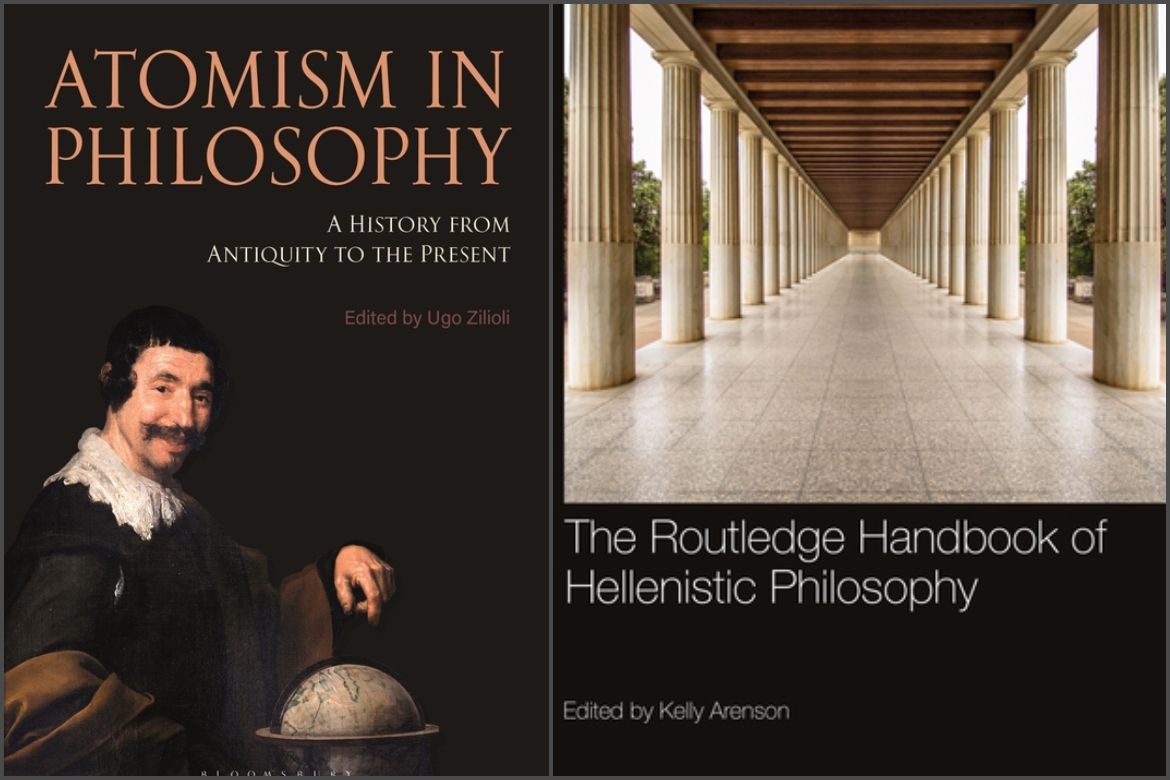
- Details
- By Research Centre for the Humanities
Attila Németh, the research fellow of the Institute of Philosophy of the Research Centre for the Humanities, has published recently his latest research in the The Routledge Handbook of Hellenistic Philosophy (title of the study: Epicureans on Teleology and Freedom) and in the Atomism in Philosophy: A History from Antiquity to the Present (title of the study: Atoms and Universals in Epicurus).
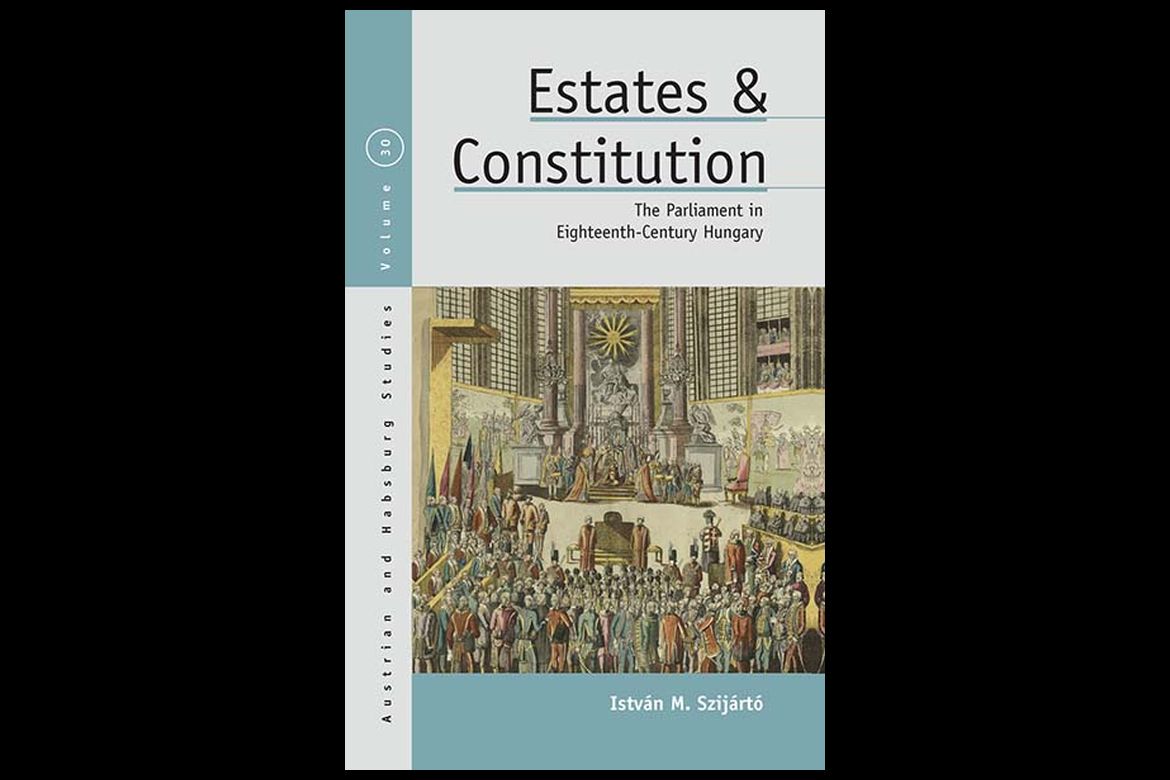
- Details
- By Research Centre for the Humanities
István M. Szijártó's Estates and Constitution: The Parliament in Eighteenth Century Hungary has been published by Berghahn Books (New York, Oxford). The book was produced under the auspices of the Research Centre for the Humanities and with the support of the National Bank of Hungary.


